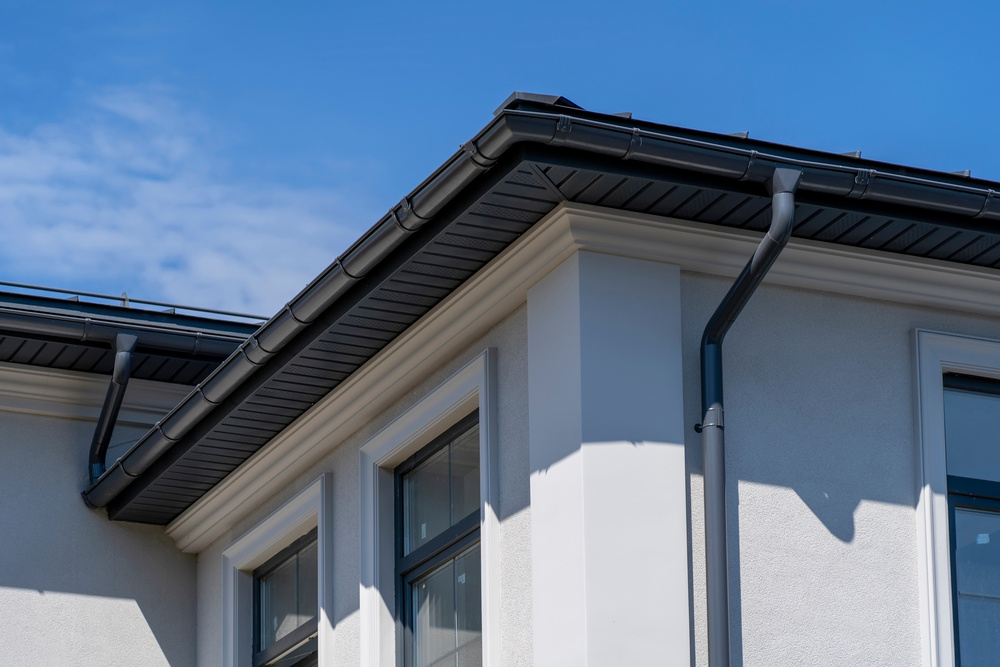Gutters play a crucial role in protecting your home from water damage. The gutter system helps direct water away from the walls and foundation. Thus, its installation must be correct. The gutter design can affect its functionality. Therefore, your chosen style should sufficiently fulfill its purpose while meeting your design expectations.
You can visit recommended site to see various gutter designs that you may consider installing in your home. Some architects or contractors may provide customized styles to match your home design. Of course, you want a better gutter design to improve your home’s curb appeal.
Choosing a gutter design might not be as easy as it sounds. Your preferred gutter design will affect various aspects of your home. For instance, it can determine how much you’ll spend on maintenance schedules and renovations. One must also consider local authority regulations.
Thus, considering various factors before settling on a particular gutter style would be best. The following tips can help you choose the right gutter design for your home.
1. Consider Your Local Climate
The climate in your location can determine the weather you experience often. For instance, your climate region might get heavy rainfall or heavy snow. Thus, your roof will drain water differently in these weather conditions.
It’s essential to know the weather patterns in your area before working on your gutter design, as this will determine how the water will flow from your roof. A box gutter style might be efficient in a high rainfall location. However, it can be inadequate in areas that experience heavy snow.
Thus, before you settle on a specific gutter style, research first what works best under different weather conditions. You can rely on your local gutter installation company to extend professional advice.
2. Think Of Your Desired Aesthetic Appeal
When building your home, you have a specific design in mind. You may have specifications when it comes to the color or the structural layout of the building. This can also include details like how you apply the finishing and other minor additions. Gutters can form part of these additions.
Therefore, even though a particular gutter design might look good in the shop, it would be best to consider how it will look on your home after installation. Gutters come in different materials, colors, and shapes.
One shape might look good on your neighbor’s home. However, it doesn’t mean it will work on yours. While your neighbor may have a half-round gutter style installed, you may consider installing fascia or k-style gutters.
You can also look at factors like your roof’s material and shape to help you make an informed decision.
Additionally, your roof and wall color can also play a crucial role. You don’t want to choose a gutter style that doesn’t complement the rest of your home design. Such factors can help you achieve your desired aesthetic and curb appeal.

3. Know Your Roof’s Size And Shape
A large roof means you’ll experience more water rolling down. Therefore, you’ll require a gutter system that can adequately handle such high volume without risk of damage or water spill. In addition, the shape of your home’s roof might not work well with some gutter designs.
Knowing your roof’s size and shape can help you decide what gutter design you install. If you choose the wrong gutter design, you might incur other costs due to water damage.
Water can spill over and damage your walls. In addition, you may have to repair your gutters frequently due to having unfitting size or shape. This can increase your overall expenses for annual home repairs and maintenance.
4. Look At Your Roof Pitch And Gutter Seam
The roof’s pitch can determine the size and shape of your gutters. If it’s steep, you may require a design that allows for deeper and broader gutters. Therefore, knowing your roof’s pitch would be best before settling on a particular gutter design.
Additionally, the gutters in the current market have sectional and seamless options. Some older gutter designs came in sections that required installers to use sealants. However, these sometimes resulted in frequent leaks.
Most modern gutter materials use a seamless system. Thus, you only need to ensure correct measurements to achieve an effective gutter that can run along the length of the roof’s ledge. It’s also vital to be familiar with your roof’s pitch, as this will affect the gutter’s functionality.
For instance, a box gutter style may work better with a steeper roof as it might allow fewer water splashes and can take a higher water volume. However, it might involve using more seams and thus can be prone to leakages. Thus, finding a design that allows you to balance the two would be helpful.
5. Set Your Budget
Even though you might desire a specific gutter design, your budget may limit you. Thus, it would be best to compare the cost of each gutter design before settling on one. This should include installation and possible future maintenance requirements.
Conclusion
Choosing the right gutter design for your home may not be complicated. It’s best to take note of various factors that might determine its functionality and appeal. The tips above can help you choose the right design for your gutter to complement your beautiful home. For more inspiration and ideas, you can visit our recommended gutter blog, where you’ll find a wealth of information on various gutter designs and home improvement tips.

